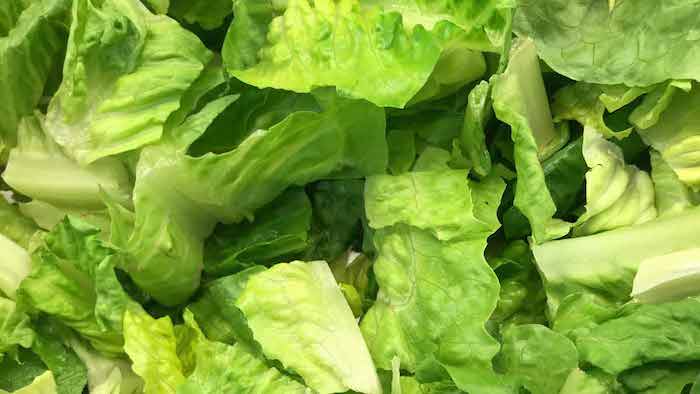Information about an E. coli outbreak associated with romaine lettuce that sickened 23 people in 12 states in mid-September is just now coming to light because state and federal health officials decided at the time to keep it quiet. In a report about the outbreak published on its website last night, the U.S. Food and Drug Administration (FDA) said that by the time romaine lettuce was identified as the source of the illnesses, the outbreak appeared to be over.
Request a Frees Consultation with an E. coli Lawyer
The newly disclosed outbreak comes after back-to-back romaine lettuce E. coli outbreaks in 2018 rocked the industry and shook consumer confidence in the salad staple. Neither of the investigations was definitively resolved.
The first outbreak, linked to romaine grown in Yuma, AZ ended in June 2018. It sickened 210 people in 36 states killing five of them. The second outbreak, in the fall and winter months of 2018, sickened 62 people in 16 states. It was linked to romaine grown on California’s Central Coast, the same area identified as the origin of the lettuce tied to the new outbreak.
E. coli lawyers at Pritzker Hageman have represented clients sickened in nearly every major outbreak over the last 20 years. “Food poisoning outbreaks are the manifestation of a breakdown in our food safety system,” said Fred Pritzker, founding partner of the nationwide firm. “Consumers need to know about breaks in the system so they can make informed choices even when- especially when, their confidence has been shaken.”
FDA Deputy Commissioner for Food Policy and Response Frank Yiannas said the agency released the report yesterday in the spirit of helping “to ensure full awareness by the public and to highlight the ongoing importance of industry actions to help ensure the safety of leafy greens.”
Illnesses in the newly disclosed outbreak occurred between July 12, 2019 and September 8, 2019. Eleven of the 23 people sickened were hospitalized. Case totals from each state were as follows: Arizona (3), California (8), Florida (1), Georgia (1), Illinois (2), Maryland (1), North Carolina (1), Nevada (1), New York (1), Oregon (1), Pennsylvania (2) and South Carolina (1).
Outbreak investigators collected and tested samples from the implicated growing region, none of them was positive for the outbreak strain.
